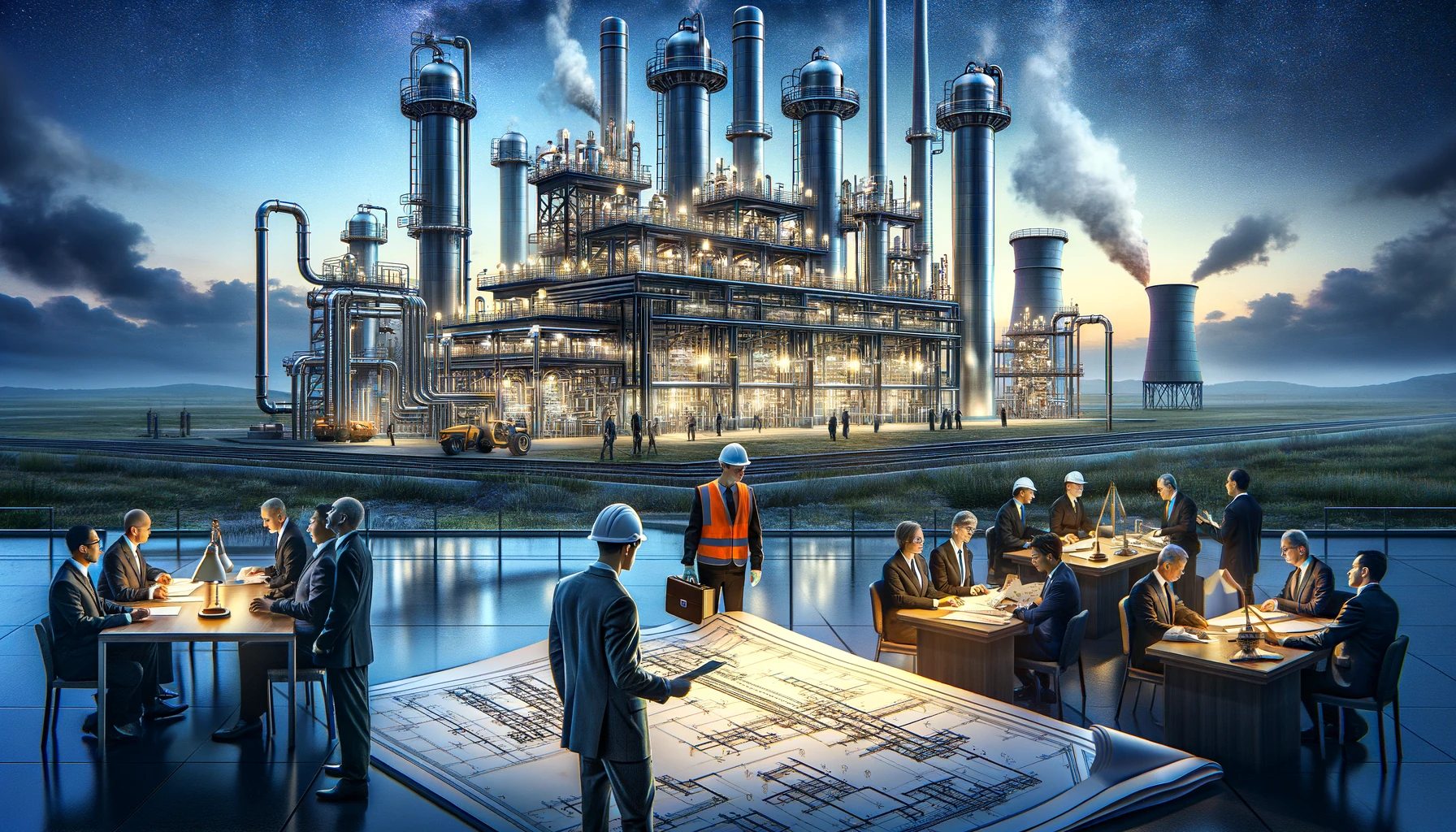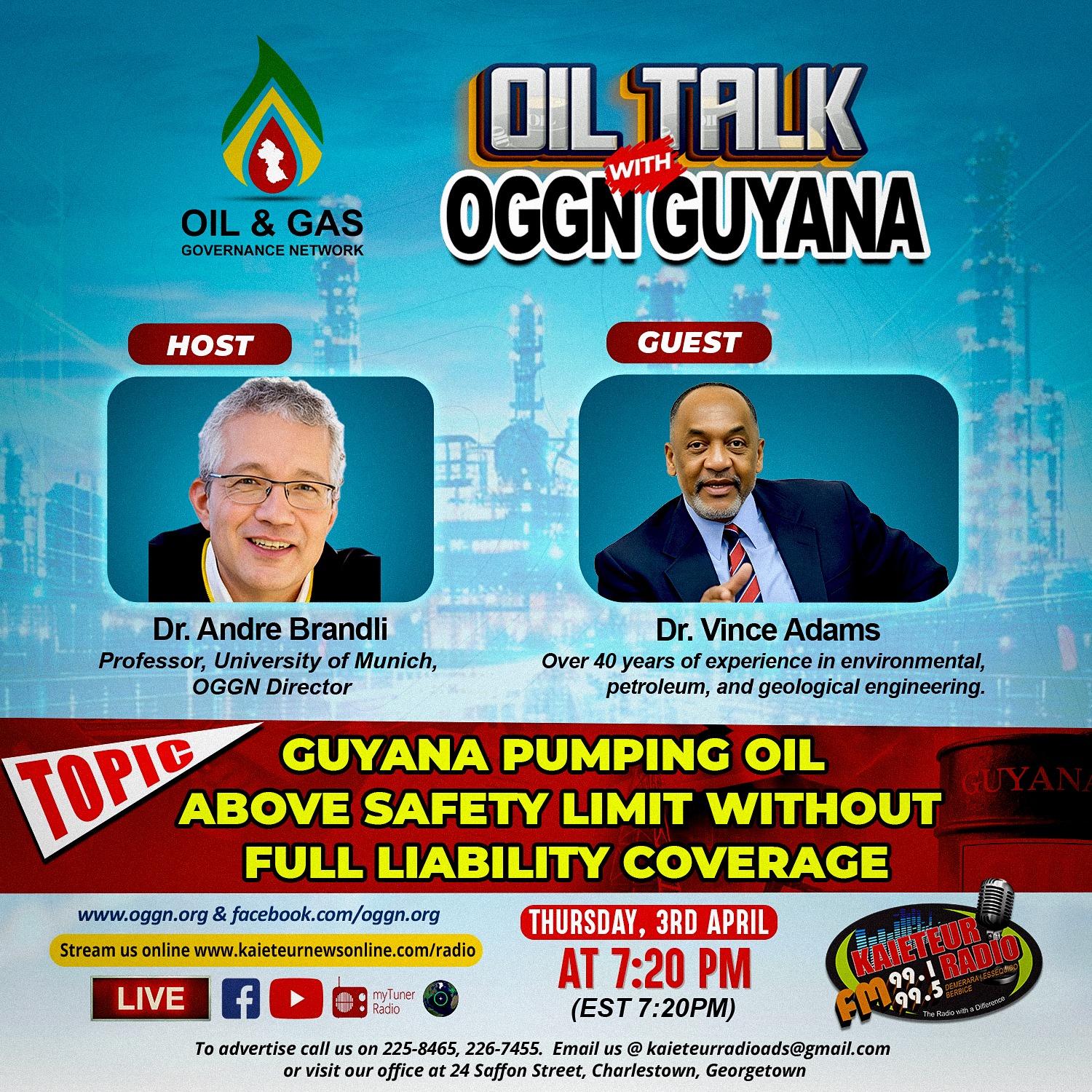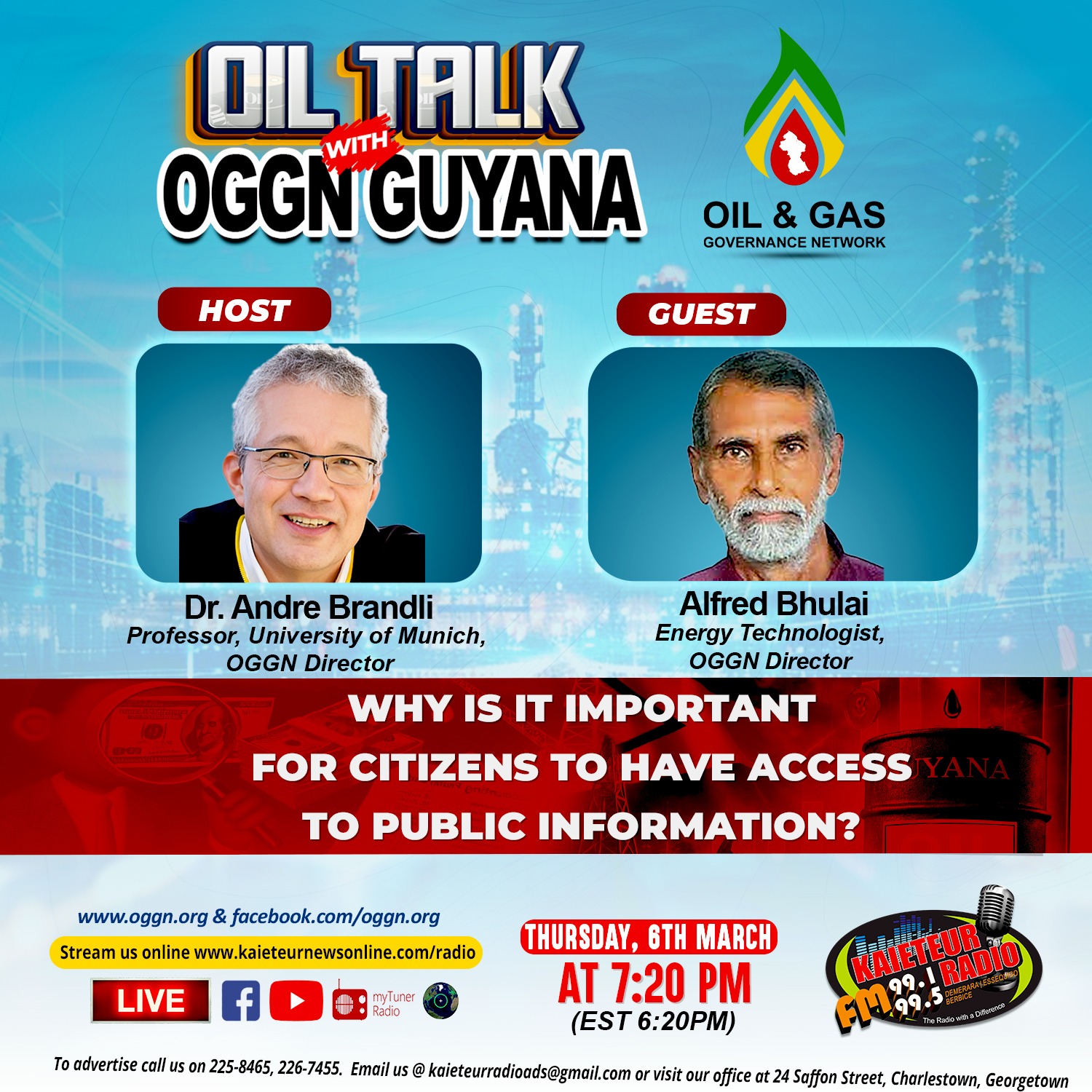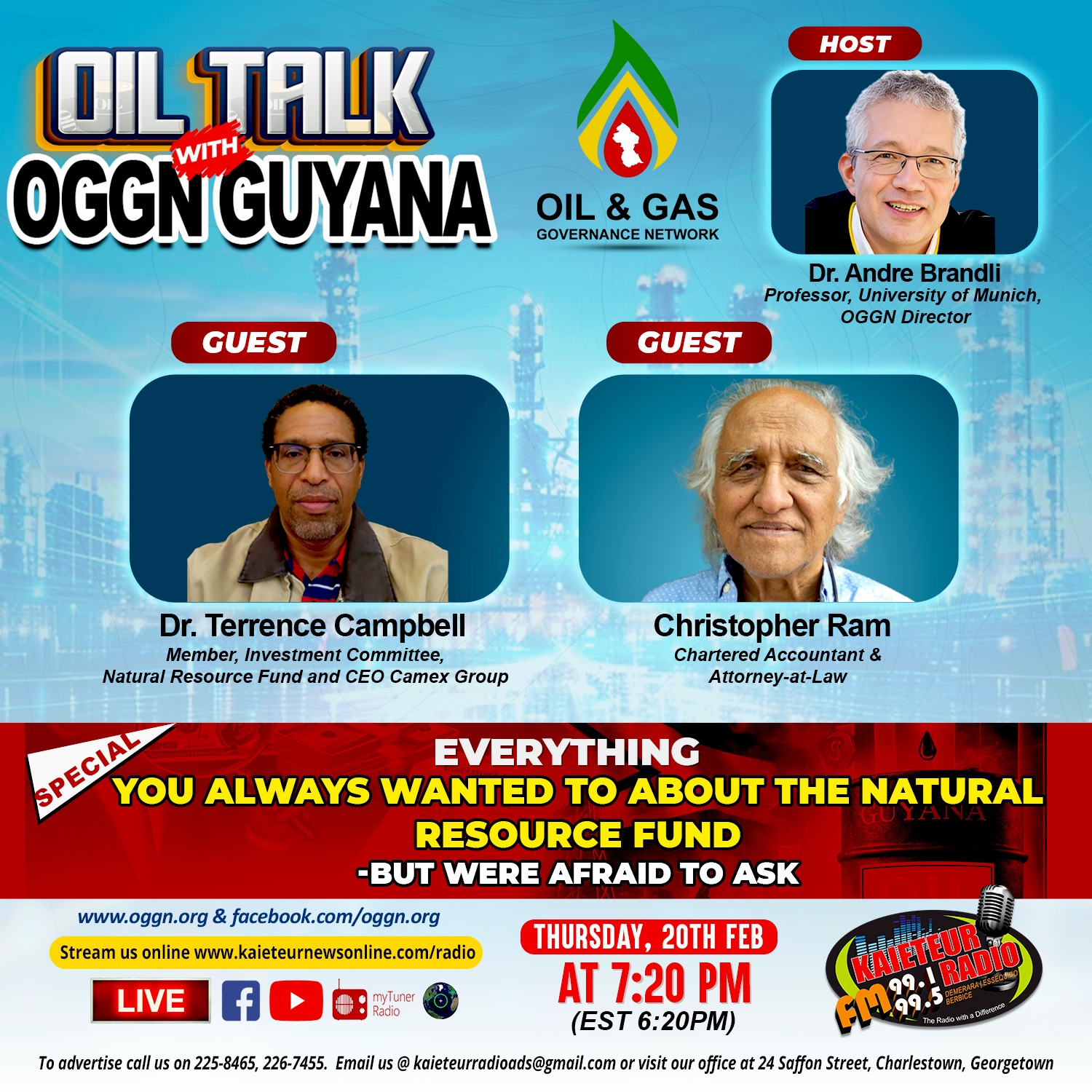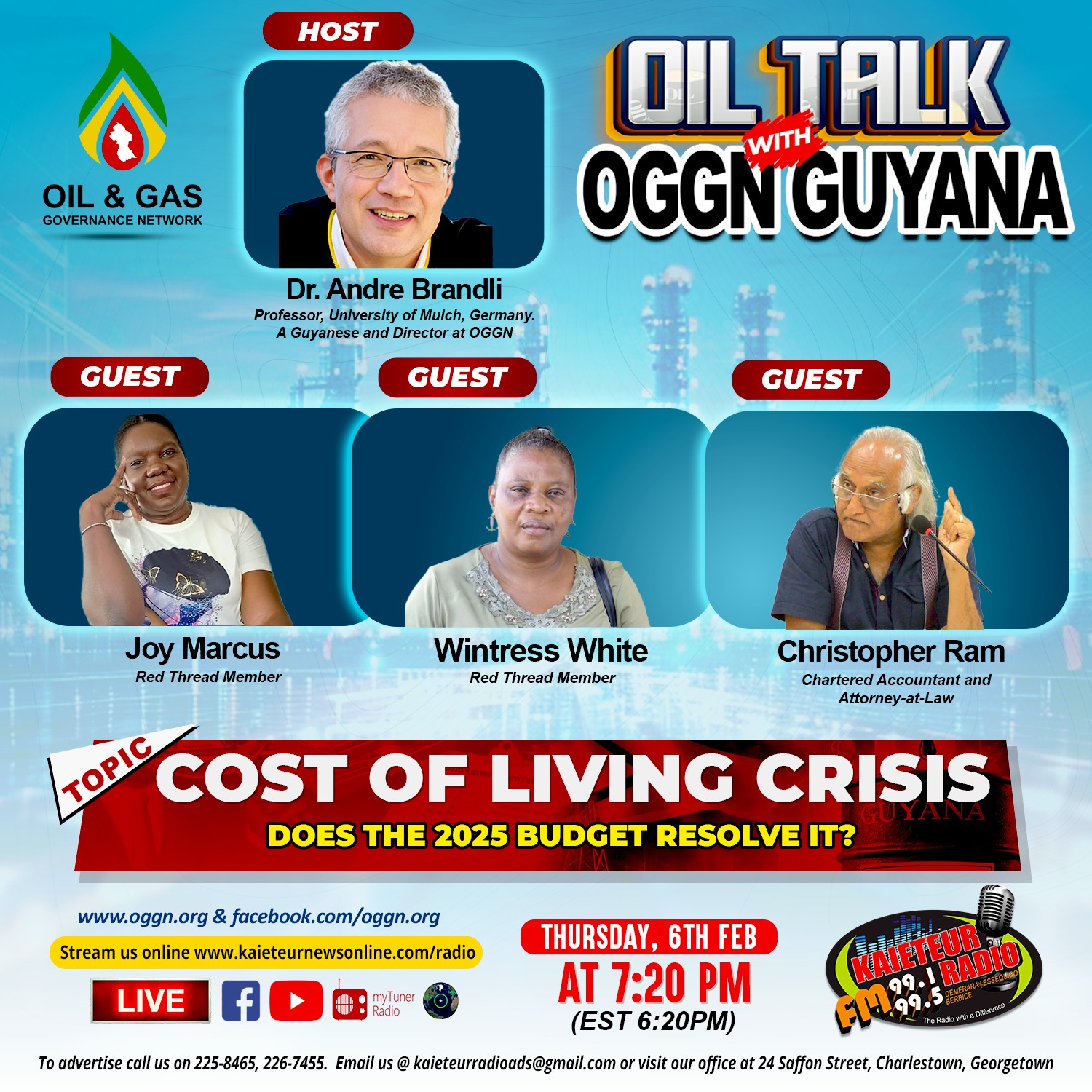Q1: What is the purpose of the gas-to-energy project in Guyana?
A1: To pipe natural gas from offshore oil fields to onshore facilities to generate electricity and address power outages in Guyana.
Q2: What are the main components of the project?
A2: A subsea and onshore pipeline, a natural gas liquid processing facility, and a 300MW gas-fired power plant.
Q3: What is the estimated cost of the project?
A3: Around $1.8 billion USD initially, but total costs are unclear.
Q4: What companies are involved in the project?
A4: ExxonMobil, Hess/Chevron, CNOOC operating as Stabroek Block Partners (subsidiary companies), the Guyana government, and various contractors.
Q5: What environmental review process should be followed?
A5: A full environmental impact assessment should be conducted.
Q6: Was an environmental impact assessment done for the power plant?
A6: No, the EPA waived the requirement.
Q7: What was the land acquisition process for the pipeline route?
A7: The government first pursued a consensual process then moved to compulsory acquisition at below market rates.
Q8: What is the current status of construction?
A8: Early stages, with some pipeline work started but full approval not yet granted.
Q9: What are some of the legal challenges to the project?
A9: Improper environmental review, land acquisition concerns, contract issues involving commercial agreements, final investment decision inter alia/among others .
Q10: How much natural gas is estimated to be available offshore?
A10: 17 trillion cubic feet, with uncertainty around specific fields.
Q11: What alternative energy options could Guyana pursue?
A11: Solar, wind, liquefied natural gas imports, among others.
Q12: What is the proposed project timeline?
A12: Completion by end of 2024 (recently changed to 2025), but likely to take 2-3 years longer.







